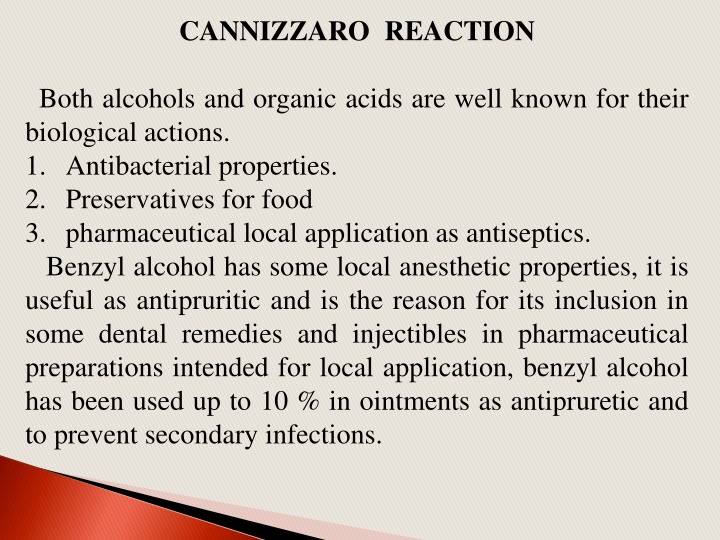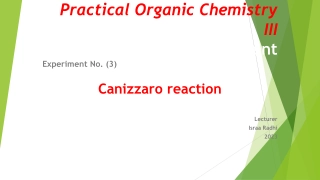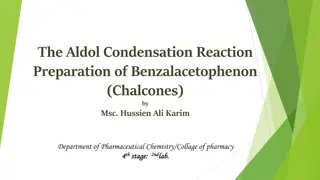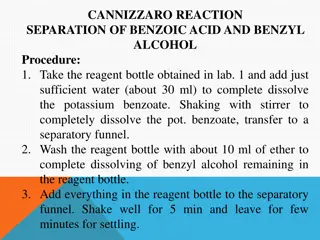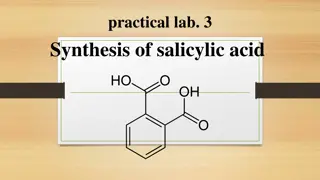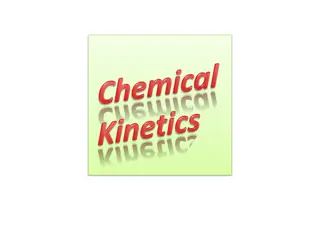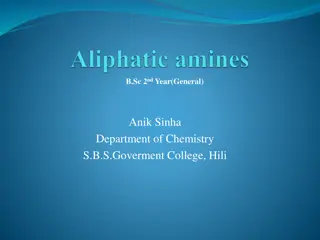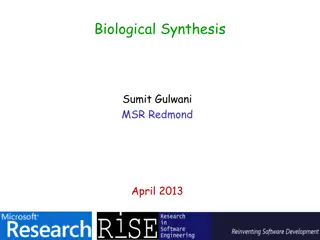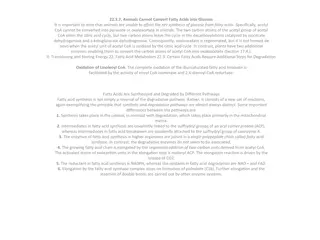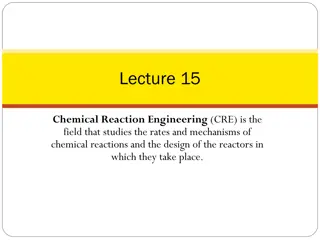Biological Applications of Cannizzaro Reaction: Synthesis of Benzoic Acid and Benzyl Alcohol
Alcohols and organic acids are valued for their diverse biological properties, including antibacterial effects, food preservation, and pharmaceutical uses. Benzyl alcohol and benzoic acid, key compounds in these applications, can be synthesized via the Cannizzaro reaction using benzaldehyde. This experiment aims to explore the properties and synthesis of these compounds.
Download Presentation

Please find below an Image/Link to download the presentation.
The content on the website is provided AS IS for your information and personal use only. It may not be sold, licensed, or shared on other websites without obtaining consent from the author.If you encounter any issues during the download, it is possible that the publisher has removed the file from their server.
You are allowed to download the files provided on this website for personal or commercial use, subject to the condition that they are used lawfully. All files are the property of their respective owners.
The content on the website is provided AS IS for your information and personal use only. It may not be sold, licensed, or shared on other websites without obtaining consent from the author.
E N D
Presentation Transcript
CANNIZZARO REACTION Both alcohols and organic acids are well known for their biological actions. 1. Antibacterial properties. 2. Preservatives for food 3. pharmaceutical local application as antiseptics. Benzyl alcohol has some local anesthetic properties, it is useful as antipruritic and is the reason for its inclusion in some dental remedies and injectibles in pharmaceutical preparations intended for local application, benzyl alcohol has been used up to 10 % in ointments as antipruretic and to prevent secondary infections.
In injectibles, it is included in many painful IM injectibles, both as a preservative and as a local anesthetic. Benzyl alcohol can be prepared by the hydrolysis of benzyl chloride with sodium hydroxide.
On the other hand, benzoic acid is used as a food preservative as a free acid, or in the form of sodium salt, also used externally in form of lotions, ointments, mouth washes, etc. Benzoic can be prepared by the oxidation of toluene using oxidizing agent.
However, both benzoic acid and benzyl alcohol can be prepared in laboratory by cannizaro reaction by the action of sodium or potassium hydroxide on benzaldehyde.
Aim of experiment Synthesis of benzoic acid and benzyl alcohol. Examples for some compounds to interact by cannizaro reaction are , ,
Properties of benzyl alcohol 1. Colorless to very fine yellow (due to oxidation) oily liquid. 2. Immiscible with water, miscible with organic solvents like ether. 3. Boiling point is 204-207 C. .
Properties of benzoic acid 1. White crystalline plates or needles. 2. Sparingly soluble in water, soluble in hot boiled water. 3. Volatile with steam (so can be purified by Steam distillation). 4. Reacts with sod. bicarbonate to give CO2 gas. 5. Melting point is 121-123 C.
Procedure: 1. In beaker weight 1.8 g of KOH. 2. Add 2 ml tap water. 3. Cool the solution (cannizaro reaction is exothermic). 4. Add 1.8 ml of benzaldehyde. 5. Shake 15 min until thick white emulsion formed. 6. Allow the mixture above to stand to the next lab by which time the reaction should have been completed.
